4 Ways To Use Diatomaceous Earth Around Your Home
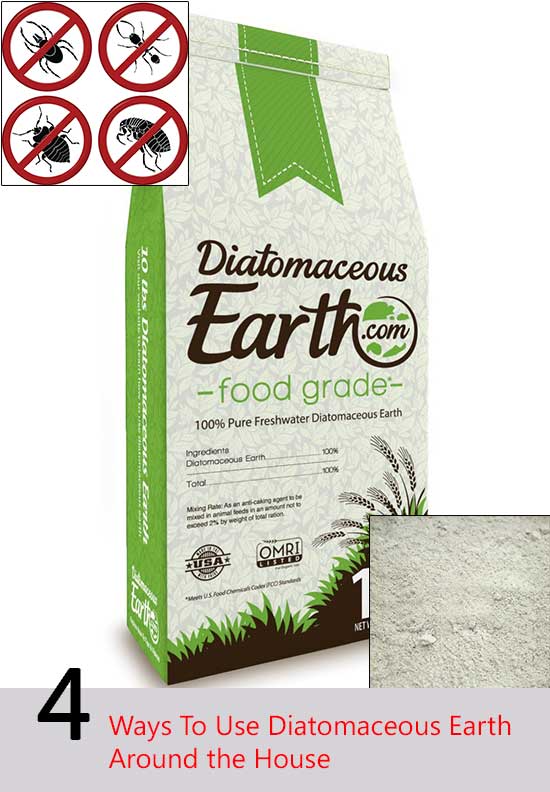
What is a toothpaste additive that looks like moon dust, is created by algae, and can help you transport dynamite? It may sound like a random trivia question, but the answer is one that could definitely come in handy when it comes to your all-natural and cost-effective homesteading endeavors. So what is this mystery solution? Diatomaceous earth!
This naturally occurring, mildly abrasive sedimentary rock is made up of fossilized water plants. Its unique properties make it the perfect tool to hack some of the most common home problems. A non-toxic and fairly cheap staple for any savvy DIY-er, you don’t want to miss out on these handy uses for diatomaceous earth.
1. Control Those Pests
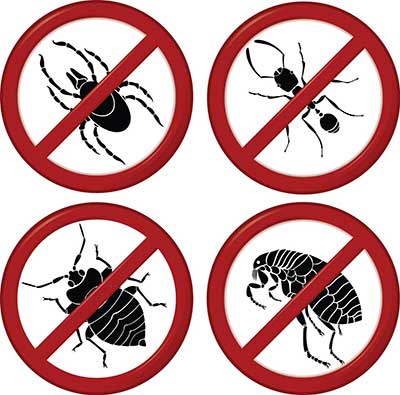
Diatomaceous earth is a deadly weapon against many insects. The dust-like substance actually has razor-sharp edges which are tiny enough to slice through the exoskeleton of many household pests. Once this exoskeleton has been punctured, the insect’s insides dry up.
You can take care of pesky aphids, caterpillars, beetles, mites, moths, cockroaches, slugs, snails, earwigs, silverfish, ants, and more with a simple diatomaceous earth treatment. For outdoor and indoor use, a light layer of diatomaceous earth can take care of a pest problem. Apply to the problem areas and repeat the light sprinkling as needed.
If you have discovered an unfortunate colony of carpet beetles in your home, diatomaceous earth can help. Since it is fine enough to get into the smallest of cracks and crevices, diatomaceous earth can be effective when dusted along baseboards, carpet edges, under furniture, on carpets, rugs, and in closets.
For bed bugs, diatomaceous earth is a useful hack. Deconstruct your bed as much as possible and dust all joints, channels, and other possible areas. Remember to sprinkle in other areas such as your carpets, door frames, and any other possible bed bug hiding places.
Diatomaceous earth is a helpful aid to any pet owner. Avoid insect infestation of dry pet food by sprinkling in some food-grade diatomaceous earth. It can even be used to protect pets from fleas, as it’s safe to rub in your pet’s fur.
If you have livestock, then you might want to start thinking about using diatomaceous earth on manure. This will keep fly larva at a minimum.
Uncalcinated or unheated diatomaceous earth is the most effective way to take care of pests, but a food-grade diatomaceous earth is the safest and best option for areas in the home, in the vegetable garden, or for your pets.
2. Moisture and Odor Absorber
Just like it can be effective in drying out (and therefore killing) your pests, diatomaceous earth can also be used to bust messy spills and stinky situations.
When it comes to liquid spills, a treatment of this miracle dust is one of the most effective ways to take care of the mess in a hurry. It’s porosity lends diatomaceous earth to be one of the deepest cleaners, and since the tiny particles can get deep into carpet or fit into little crevices in cement and other surfaces, it provides an effective and deep cleaning.
This powerful absorption also comes in handy when dealing with lingering odors. A sprinkling can take care of pest trash bin odors, hard-to-bust carpet smells, and even can help deodorize the inside of your shoes. Try dusting diatomaceous earth in your pet’s bedding, refrigerator, sock drawer, laundry bin, and other places.
Finally, its powerful absorption of both liquids and odors also makes it the perfect addition to your pet’s litter box!

3. Great Scourer
Due to the same razor-sharp edges that are so effective at cutting an insect’s outer lining, diatomaceous earth is also a great way to scour hard-to-clean surfaces. This gentle and allnatural scouring solution provides a double duty cleaning by both lifting up dirt and absorbing it.
You can use diatomaceous earth as a home cleaner simply by adding a tiny amount to a damp cloth. It is a safe cleaner for countertops, sinks, silverware, stainless steel and more. For a pleasant and effective clean, combine a little diatomaceous earth with vinegar, lemon juice, dish soap, or a combination.
Because it is such a great absorber and gentle scourer, a little diatomaceous earth can go a long way when used in home facial treatments. By soaking up oils on the face and gently removing dead skin, it can be a great ingredient to add to your face wash.
4. Food Additive
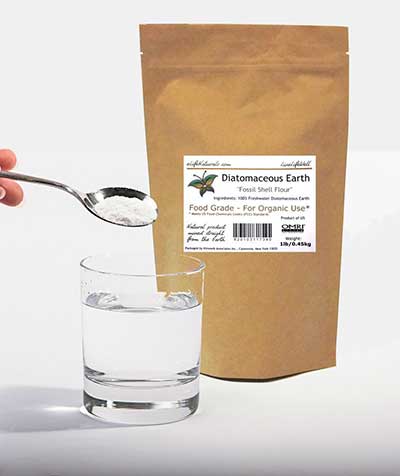
A variety of benefits come with adding a bit of diatomaceous earth to your diet. Since it contains silica and other trace minerals such as calcium, magnesium, iron, potassium, and more, this healthful powder can provide a healthful boost.
A great way to reap this extra beneficial nutrition is to put a very small amount of diatomaceous earth into your morning juice. Start with a very small amount (a half teaspoon or less) and if you feel an increase is needed, make sure not to exceed more than one tablespoon per day.
The one big thing to keep in mind when trying out diatomaceous earth in your drinks or food is that it has to be food-grade. Other types of diatomaceous earth could do your body damage and/or contain harmful chemicals.
As you can see, diatomaceous earth has a wide array of benefits to offer, be it in your garden, for your pets, or to add to your own health. When trying these tips out, make sure to take two necessary precautions: — Buy the correct type of diatomaceous earth. If you plan on using this in any area which your children or pets will be exposed, make sure to use food-grade products. To know that you definitely have a food-grade product, make sure to check the label, make sure the color is white or off-white (not pink, yellow, or any dark color), and double check that it is natural-milled and unheated. — Breathing in any dusty substance can be dangerous for your lungs, so be sure to protect your face or wear a dust mask when handling diatomaceous earth. To avoid clouds of diatomaceous dust in your air, handle it in very small amounts and use a duster for a light application or mix with water to apply to plants or areas in the home.
 Home and Gardening Ideas At home and Gardening ideas we believe inspiring readers about homesteading, self sufficiency
Home and Gardening Ideas At home and Gardening ideas we believe inspiring readers about homesteading, self sufficiency


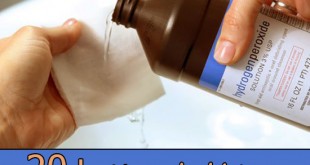
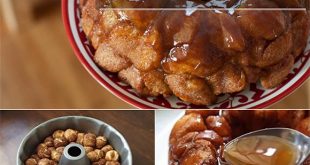


2 comments
Pingback: 4 Proven DIY Termite Treatments - Home and Gardening Ideas
Pingback: 4 Ways To Use Diatomaceous Earth Around Your Home